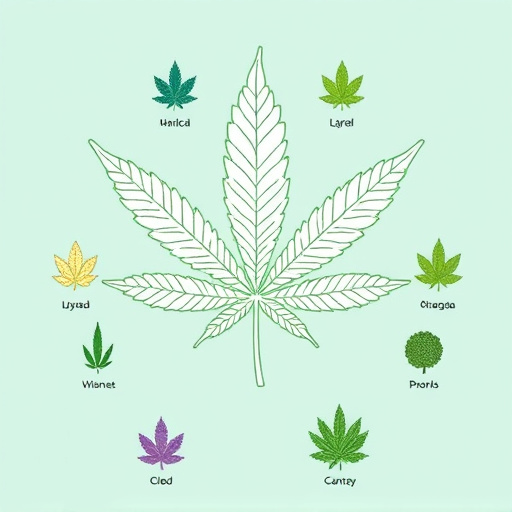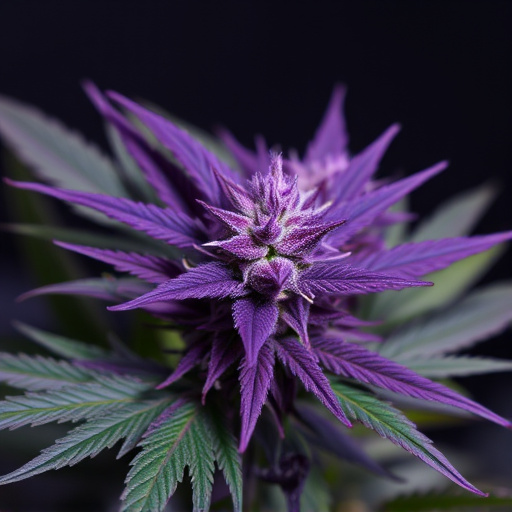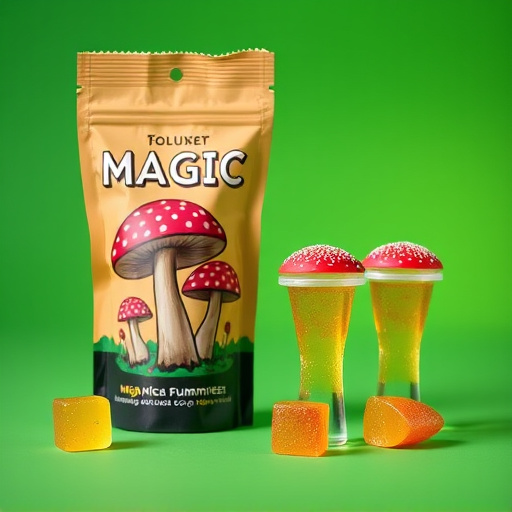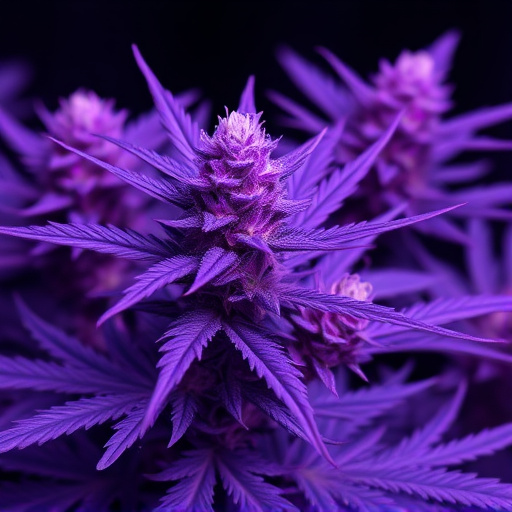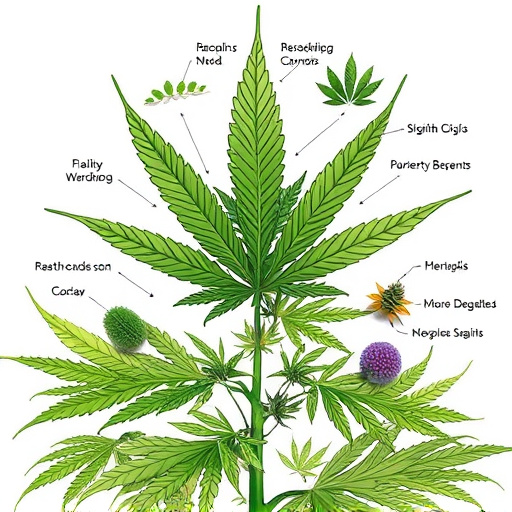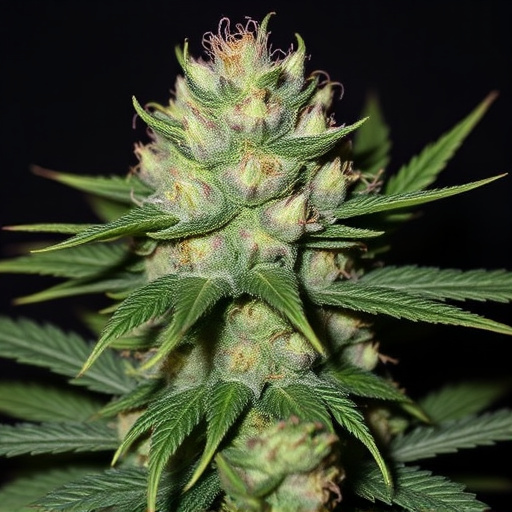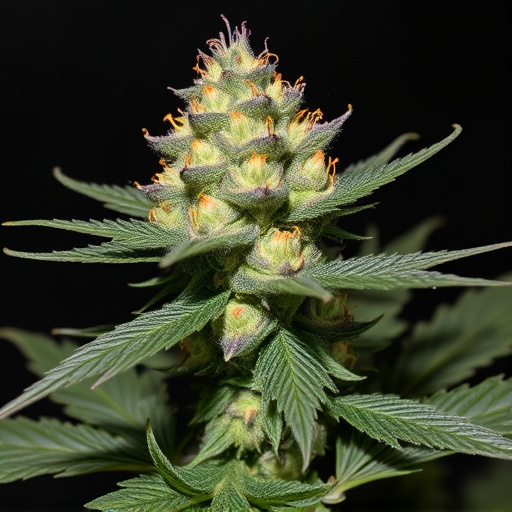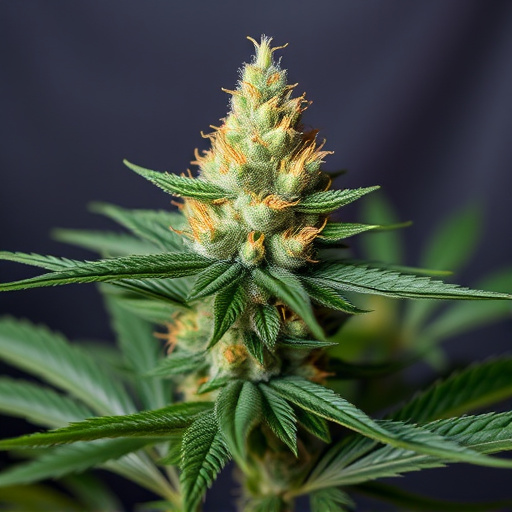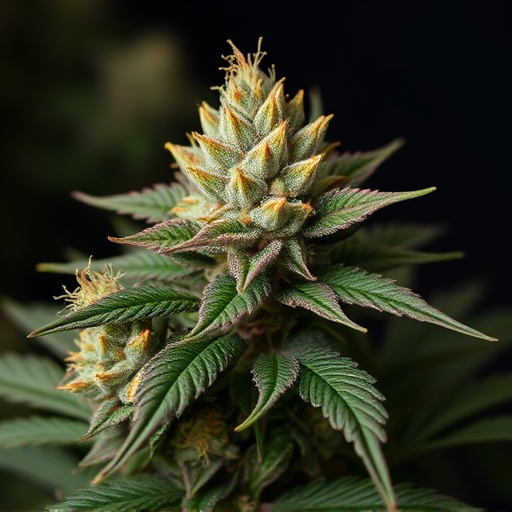The duration of a cannabis high varies based on strain (especially indica dominant hybrids known for sedative effects), terpene profiles, environmental factors like soil and light, and individual metabolism. Indica hybrids, with their higher myrcene concentrations, can extend relaxing highs lasting several hours. However, personal tolerance and preferences subjectively determine the length of each unique cannabis experience.
The duration of a weed high can vary greatly, leaving many curious about the factors influencing this experience. This article explores three key elements that affect how long a high lasts. We delve into the role of genetics and terpene profiles, specifically examining how indica dominant hybrid strains impact high duration. Additionally, environmental factors such as soil health, light exposure, and climate are considered, alongside individual metabolism and tolerance, highlighting why personal preferences play a significant part in measuring and experiencing cannabis highs.
- Genetic Composition and Terpene Profiles: How Indica Dominant Hybrid Strains Impact High Duration
- Environmental Factors: The Role of Soil, Light, and Climate in Determining Weed High's Length
- Individual Metabolism and Tolerance: Why Personal Preferences Matter in Measuring High Duration
Genetic Composition and Terpene Profiles: How Indica Dominant Hybrid Strains Impact High Duration
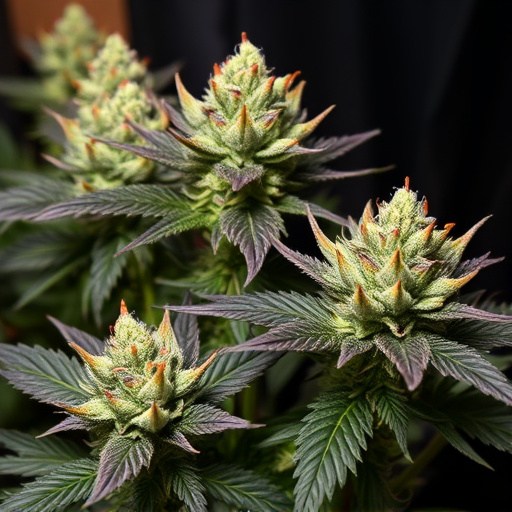
The duration of a weed high is influenced by more than just the amount consumed; it’s deeply tied to the plant’s genetic composition and terpene profiles. Indica dominant hybrid strains play a significant role in extending the length and intensity of the high. Indicas are known for their sedative effects, which often translate to longer-lasting highs compared to sativas. This is primarily due to the higher concentrations of myrcene, a terpene with relaxing properties, commonly found in indica plants.
In these strains, the dominant genetics contribute to a smoother, more gradual onset and prolonged period of relaxation. The synergy between cannabinoids like THC and terpenes creates a balanced experience, allowing users to enjoy the effects for an extended period. This makes indica dominant hybrids a popular choice for those seeking long-lasting relief from stress, anxiety, or insomnia, offering a deeper, more immersive high that can last several hours.
Environmental Factors: The Role of Soil, Light, and Climate in Determining Weed High's Length
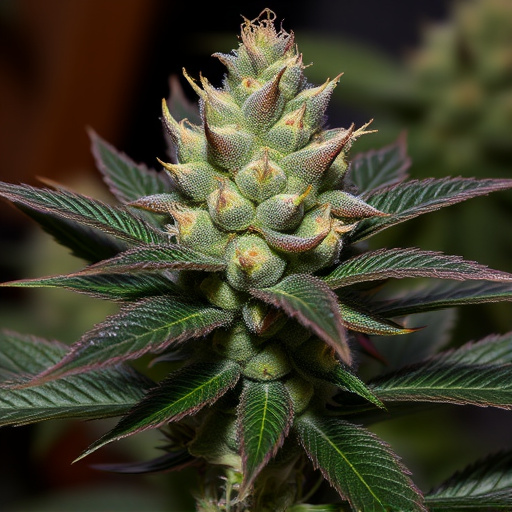
Weed, or cannabis, plants are highly sensitive to their environment, which significantly influences the duration and intensity of a “high.” One key aspect is soil composition; nutrient-rich, well-drained soil promotes healthier plant growth and can lead to longer-lasting effects. Indica dominant hybrid strains, known for their relaxing and sedating properties, often thrive in environments with ample moisture but not excessive humidity, which could invite pest issues.
Light exposure plays another critical role. Cannabis plants require a balance of sunlight and shade during different growth stages. Optimal light conditions enhance the production of cannabinoids like THC, directly affecting the potency and duration of the high. Climate also matters; cooler temperatures can slow plant development, potentially extending the time between harvests and influencing the overall effect. These environmental factors interact to shape the unique characteristics of each weed strain, including how long their high lasts.
Individual Metabolism and Tolerance: Why Personal Preferences Matter in Measuring High Duration

Individual metabolism and tolerance play a pivotal role in determining how long a weed high lasts. Every person’s body metabolizes cannabis differently, influenced by factors such as age, weight, gender, overall health, and genetics. This variability means that what feels like a prolonged high to one smoker might be quite brief for another.
Additionally, personal tolerance levels, which are developed through frequency of use, significantly impact the duration. Those who smoke regularly may develop higher tolerances, meaning they require more cannabis to achieve the same effects as occasional users. Indica dominant hybrid strains, known for their relaxing and sedating properties, might provide longer-lasting highs for regular users due to their ability to slow down metabolism slightly compared to other strains. However, personal preferences and individual reactions ultimately shape the subjective experience of a weed high’s duration.
The duration of a weed high is influenced by a complex interplay between genetic composition, environmental factors, and individual metabolism. Indica dominant hybrid strains, with their unique terpene profiles, can significantly extend the length of the high. Environmental conditions such as soil quality, light exposure, and climate play a vital role in shaping the overall experience. Moreover, personal metabolism and tolerance levels contribute to varying high durations, emphasizing the importance of individual preferences in measuring and appreciating cannabis effects.

